Do bank abbreviations and terminologies still confuse you?
Don't worry; you're not alone.
With technology on the rise, many people seldom visit the bank. Besides, a multitude of online banks and financial establishments are dominating the market.
Only with a single tap on your mobile phone and a quick scan of documents here and there, you already have your bank account statement in a matter of minutes.
But what about the unfamiliar abbreviations there? Wish someone could explain them to you?
Essentially, what is a counter credit on a bank statement? What exactly does it mean, and should you fret or chill?
Today's post is another #moneyknowledge you don't want to miss!
Let's talk about what is a counter credit on a bank statement and learn more about other banking terminologies that will help you towards your personal finance literacy!
If you want to learn more about how to take charge of your finances and hit all your financial goals with confidence, read below:
- Best Student Credit Cards to Build Credit
- What is Savings Rate and Why is it Important?
- How to Start Saving for a House Hassle-Free
What is a counter credit transaction?

Do you check your bank statement every once in a while? If you're like me, it's easy to get lost with all the strange terms and abbreviations displayed in your statement.
For instance, when you see the term, counter credit. If you do not speak the language of bankers, this may leave you feeling puzzled.
However, the phrase counter credit is as simple as it sounds. So, what is a counter credit on a bank statement?
In simple words, counter credit means an “over-the-counter” deposit. But, moreover, think of it this way.
You go to your bank, line up on the teller, and directly deposit your money. That's it!
Therefore, a counter credit also means, counter deposit. It essentially means an in-person deposit made to the bank. The account holder directly and physically deposits the money over to the teller counter.
Another way of using the term counter credit is when the bank pays you a refund fee; there is an error in your transactions. The money that they put into your account is credited or is a counter credit transaction. Meaning they put it back into your account.
See? So, next time you see the words, counter credit- there's no need to be terrified.
Counter credit means a physical and direct way to deposit your funds on banks.
So for example, you drive from your house to your bank. Then you enter, wait in line (sometimes fill out a deposit slip), wait until your turn, bring out the money, hand it over to the teller on the counter, and voila!
Immediately, your funds will be available, and you'll see “counter credit” on the statement.
Counter Credit (Deposit) vs. ATM Deposit
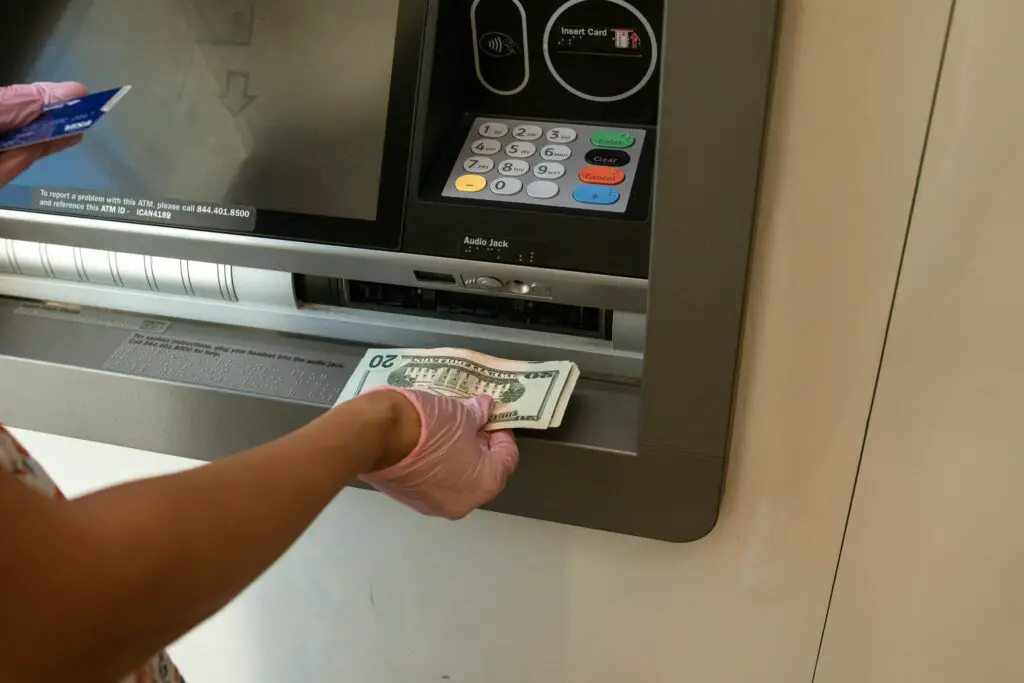
But what about depositing in an ATM?
Most banks nowadays have two types of machines within their bank vestibules. One is for withdrawing cash, and the other is for cash deposits.
The only difference between counter credit (deposit) vs. depositing on an ATM is the act of it.
Compared to counter deposit, when you use an automated teller machine to deposit your funds, you are using a machine to do the work for you.
This is rather convenient, though, if you will think about it. Instead of lining and waiting for your number to be called inside the bank to deposit in person to the teller, you save time plus energy with cash deposits abled ATMs.
However, although I find it very convenient and straightforward ( I don't know if it's just me), it's also a kind of risk-taking move. I can't help but think about those worst-case scenarios because, we never know, life happens!
What if the machine eats your money? Or what if it's offline?
But, there's another means to deposit your money. Plus, this is probably the most common way to do so.
If you use mobile banking or an app to access your fund, you can make your deposits online or in mobile banking.
It's quick and easy. Plus, you don't have to spend gas from going to the bank.
Depositing Checks In-Person vs. Using an ATM or Mobile Banking

How about check deposits?
Even in the digital age (although I think very few do this), there are still in-mail deposits.
It is more like an old or traditional way of cash deposits, but it's safe, and generations ahead of us used to do it.
How is it done? Essentially, you put your check or deposit slip in a secured envelope and then have it mailed to your bank's PO or mailing address boxes. Yup, some banks do still have this type of mail deposit service.
However, it takes too long to credit into your account, but you can have it check from time to time to ensure that your funds are available promptly.
Furthermore, you can also deposit your check via ATM as long as it accepts one. But, like any other transaction done via ATM, sometimes you still need to wait for the respective bank's turnaround time.
Probably the most high-tech way of check deposits is through mobile banks.
If you have your bank app, you can capture your check or scan it front and back.
Then, select the account to receive the deposit, enter the amount, check and confirm details, then submit.
Most significantly, mobile check deposit is fast, easy, and you can do it anytime and anywhere!
What is a counter credit on a bank statement? Advantages and Disadvantages
Types of Deposit Transactions | |||
Counter Credit | ATM | Mobile Banking | |
Convenience | |||
Immediate Funds Availability | |||
Worst-case scenarios (System glitch, loss internet connection, machine eating your money) | |||
Safety and security | |||
Platform Availability | |||
As you can see from the summarized table above, essentially, it all boils down to personal preference.
What is a counter credit on a bank statement? When it comes to convenience, a counter credit may not be ideal.
This is because you have to physically go there to your bank or branch and make a personal deposit. In addition, with the current movement restrictions imposed, it might be challenging to go outside.
Plus, it may be tiring, and you have to spend money on gas to drive, or if you are commuting on your way down. I think a counter credit deposit is good if you also have a business to attend to in other nearby places.
There's no problem with ATM and mobile banking because they are generally built upon the idea of convenience.
On the other hand, if we're talking about funds availability, a counter credit deposit wins. It is because once you deposit in person, your funds are readily available. That is, of course, if you get there in time in your bank during their usual business hours.
But, when you deposit via ATM or mobile app, some banks still follow a standard processing time. It should take no longer than a day, though.
When we're talking about those possible worst-case scenarios that may come up, still, counter credit earns brownie points.
Unlike ATMs that are susceptible to failure, a counter credit is most unlikely to do so. Not to mention if the ATM is offline plus the risk of it eating your money!
Therefore, ensure that your money is neat and crisp whenever you deposit via ATM. Some of these machines are picky and moody!
Moreover, when you're used to online or mobile banking. There are possible system glitches, loss of internet connection, etc. It's all about taking risks!
Lastly, on the availability and security department, all three means of deposits are fair.
Counter credit deposits follow banking hours, while ATMs can be running 24/7 as well as your bank app.
On the other hand, it is most safe to transact via counter credit because you are doing it person-to-person, inside your secured and guarded bank. In contrast, ATMs and mobile banking are at risk of system glitches, scams, and more.
Note: But again, depending on your bank rules and policies (holding period), even a counter credit deposit may also take a while to transact successfully. This is because, most of the time, banks had processing and internal verification done to ensure that deposits are legit. It shouldn't take long, though, because regulations state that deposits should be available on time.
Other Commonly Used Bank Terminologies/Abbreviations

These are just a few of the bank terminologies and abbreviations you will most likely encounter on your bank statement.
1. APY- Annual Percentage Yield
Also known as APY, this is the amount of money you earn in one year on cash held in your checking or savings account. In addition, APY reflects compound interest. Therefore, it is essential to check out the best savings account that generates the highest APY.
2. APR- Annual Percentage Rate
APR, simply put, is the interest rate over one year.
3. ATM- Automated Teller Machine
ATMs allow you to withdraw and deposit cash using debit or credit cards.
4. CD- Certificate of Deposit
CDs are a type of savings account that earns fixed interest over its maturity date. Moreover, CDs are one of the excellent ways to put your money to good use as it is a low-risk investment with a low return.
5. ERTF- Exchange Rate Transfer Fee
If you use your debit or credit cards abroad, you are charged an exchange rate transfer fee.
6. NSF- Non-sufficient Fund
Usually, NSF fees are charged whenever you write a check that exceeds the account balance of your existing account. Simply put, a non-sufficient fund means your account balance is not enough to suffice the amount you like to withdraw.
7. OTR- Online Transactions
OTR means any transactions aside from financials that are completed online or via the internet.
8. POS- Point of Sale
It is a purchase that you made at a store merchant using your debit or credit card.
9. ACH- Automated Clearing House
The best example of ACH is online bills payment and direct payroll deposits. In other words, ACH is a type of network that enables you to transfer money from bank to bank electronically and automatically.
10. TFR- Transfer
It means a transfer of funds or money from one bank account to another.
11. Pending Deposit
A deposit made that has not yet been through, meaning under verification. To know more about what does pending deposit means, check out the below article:
What is a counter credit on a bank statement- Final Thoughts
Hopefully, by now, you know what is a counter credit on a bank statement.
The next time you see this on your bank statement, no need to worry because there's no reason to be!
Again, knowledge is power.
One of the basics of personal finance is knowing how these bank institutions do with our hard-earned money.
Once again, if you wonder what is a counter credit on a bank statement? It's all about the direct and physical act of depositing your money to a bank. Plus, it depends on one's choice.
Whether you choose to deposit online or in person, it's nice to know that you have many options to do so.
Personally, I still make my deposit over the counter. It feels safe, the staffs are friendly and responsive, and my bank is a few drives from our house, but I don't mind. Besides, I schedule my deposit/banking days whenever I'm less busy.
Sometimes, I also do online transfers whenever I prefer to stay at home, and I don't have any business to attend to outside. I also experienced ATM deposits, but it took me more than five minutes to complete most of the time because the machine won't accept my slightly crumpled money ( or the machine has unexplainable problems/issues.)
Hence, it all depends on you and your taste (plus the risk you are willing to take.)
Have you tried counter credit or counter deposit transactions? What was your experience?
Tell us your story by commenting down below. See you in the comment section!


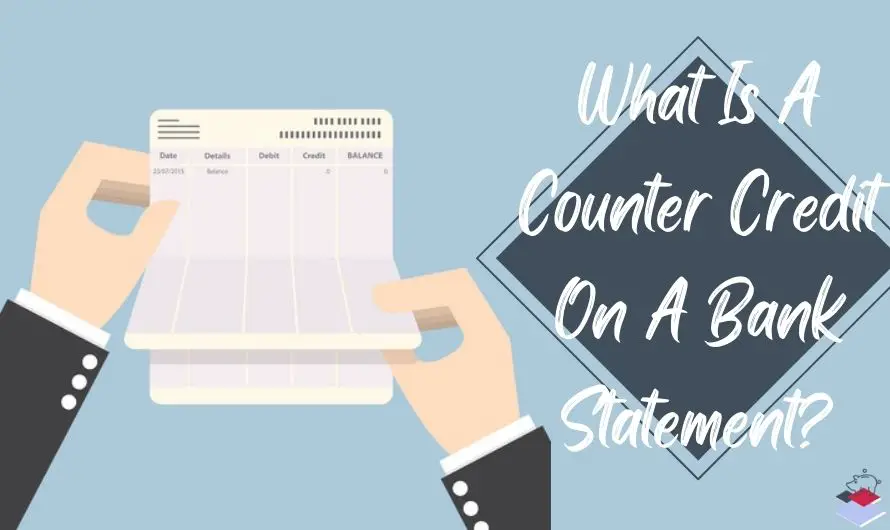

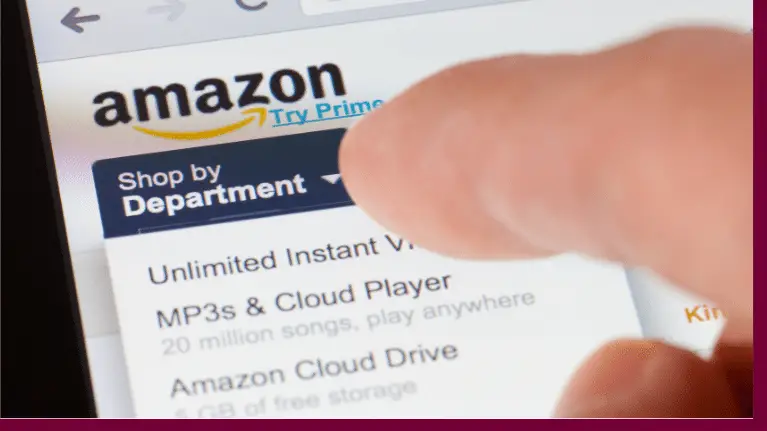


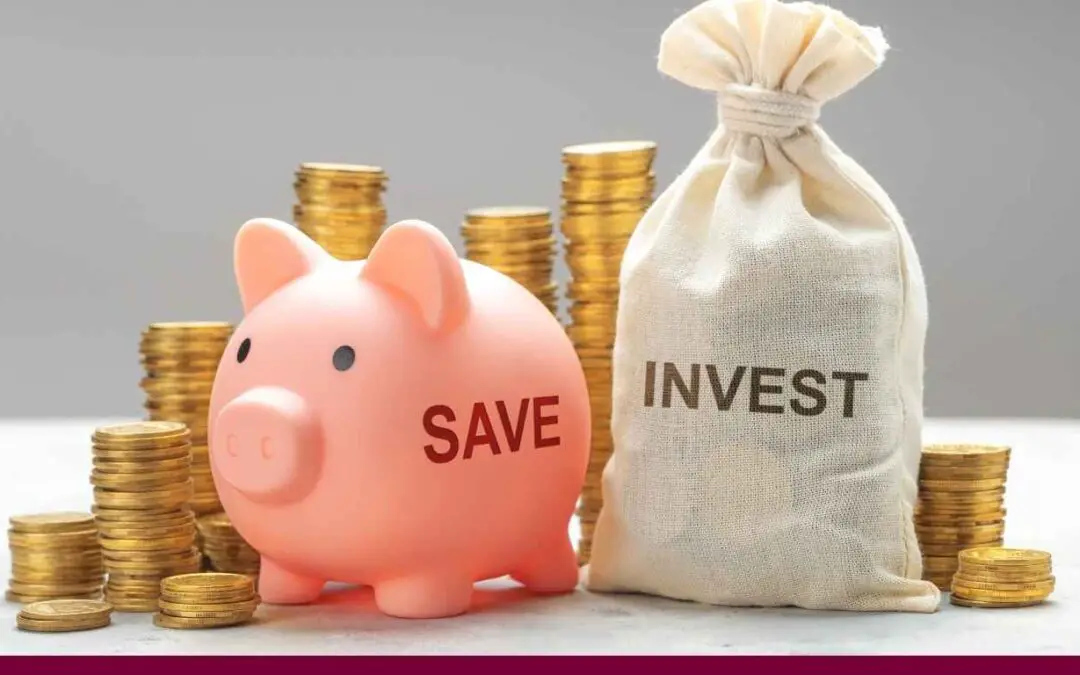
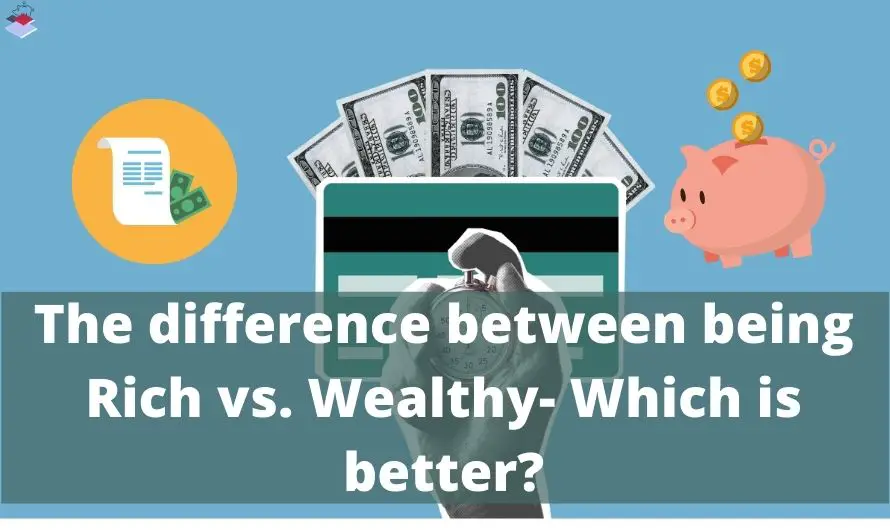



0 Comments